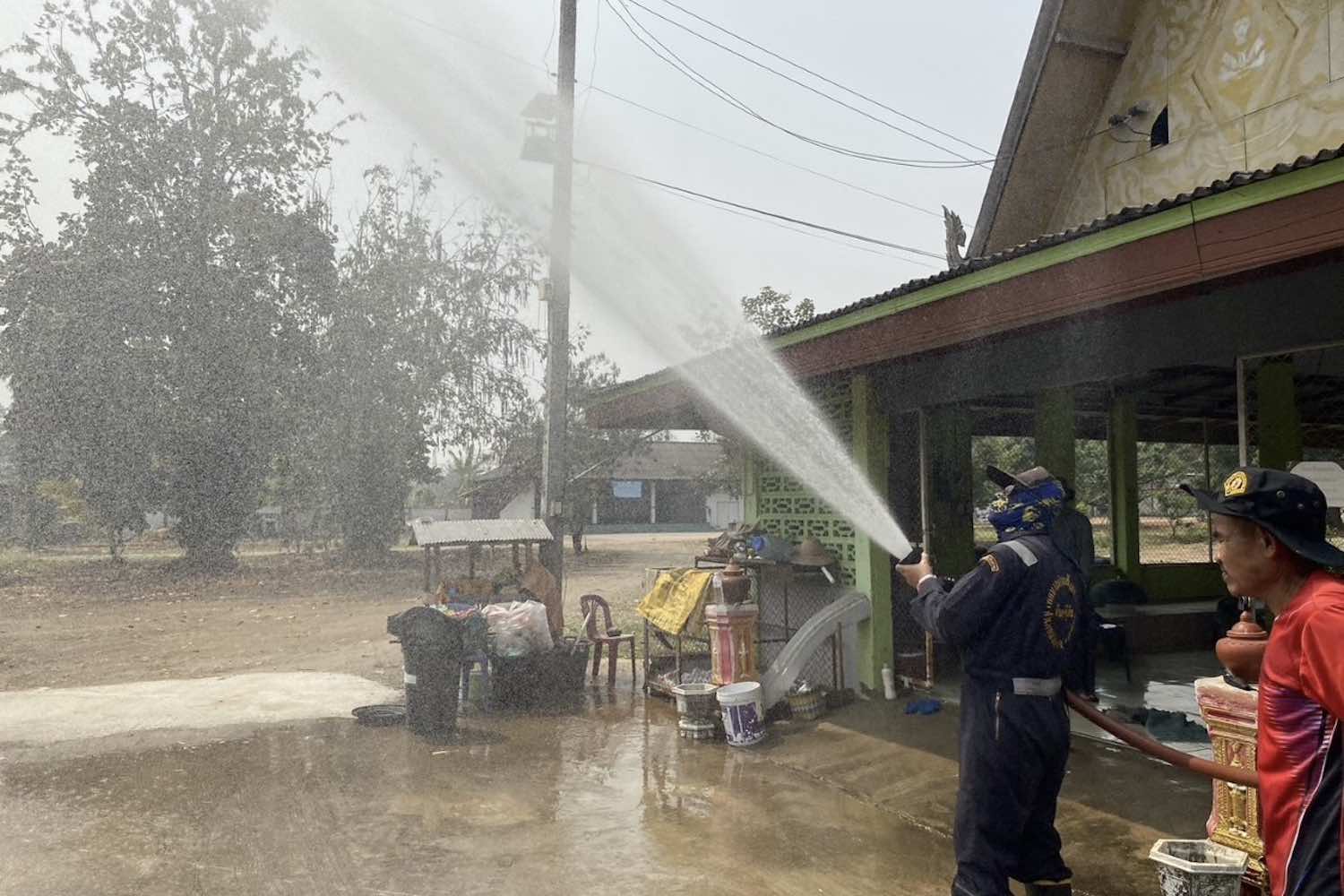
Chiang Mai had the world's worst air pollution with the air quality index of 180 at 4am on Sunday, according to a leading pollution website.
The IQAir.com website ranked the northern province the most polluted on earth. Trailing in Chiang Mai's dust were Mumbai with AQI of 179, Lahore 160, Hanoi 156 and Delhi 154.
People in Chiang Mai have been unable to see the iconic Doi Suthep mountain for weeks due to the thick, toxic smog.
On Sunday morning officials detected 13 hotspots in Chiang Mai. PM2.5 accumulated above the borthern city there because of its basin landscape, stagnant air and smoke haze from nearby farmland and forest blazes.
The Meteorological Department predicted storms in the North from Sunday to Tuesday that may alleviate the pollution. It also expected winds over the next week to relieve thick smog across much of the country.
The Geo-Informatics and Space Technology Development Agency (Gistda) reported 1,061 hotspots in Thailand on Saturday while there were 4,363 hotspots in Myanmar, 2,868 in Laos, 1,182 in Cambodia, 647 in Vietnam and 32 in Malaysia.
In Thailand, 661 hotspots were found in forests and a further 192 hotspots on farmland. The northern province of Mae Hong Son had the most hotspots in the country – 127 – on Saturday.
Apart from Chiang Mai, unsafe levels of PM2.5 were also reported in Mae Hong Son, Chiang Rai, Tak, Nan, Phayao, Lamphun, Lampang, Loei, Phrae, Uttaradit, Kanchanaburi, Chaiyaphum, Phetchabun, Uthai Thani and Phechaburi provinces.
PM2.5 was measured at 53.1 µg/m3 on average in Bangkok over the 24 hours to 4am. Thai authorities set the safe threshold at 50 µg/m3.
At 4.30pm on Sunday, levels of PM2.5 in Chiang Mai had dropped to 112 µg/m3.

(Screenshot from https://www.iqair.com/th-en/)